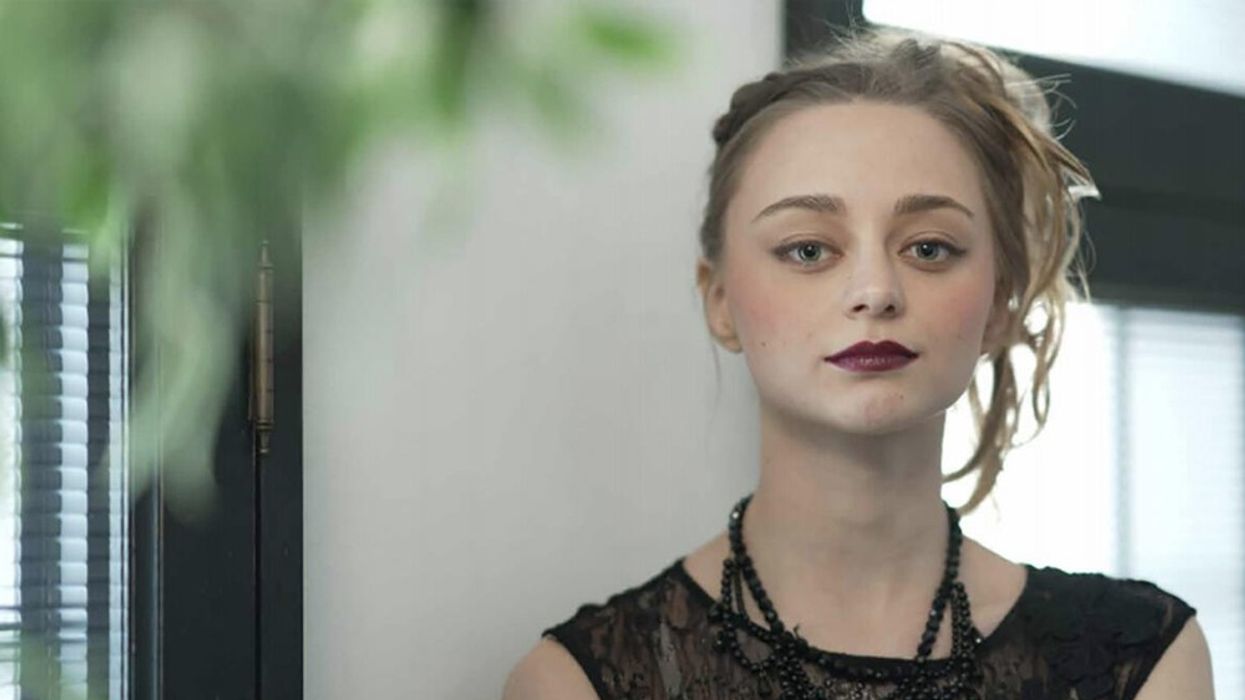Sony's S-Cinetone Explained
The new Sony picture profile S-Cinetone has been getting a lot of attention. Here's what it is and why filmmakers should care.

With the expansion of Sony's Cinema Line, one feature that's made its way into each camera model as well as their popular Alpha mirrorless cameras is S-Cinetone, a picture profile based on the color science of Sony VENICE that's been engineered specifically for video production.
Picture profiles have been around for decades and are incredibly valuable for shooters working on a variety of different projects. In a very basic form, a picture profile is how an image looks in terms of its color, tone, brightness, and contrast. One common picture profile is Rec.709.
You can think about a picture profile as a way to dial in a specific "look" for the image. But don't get them confused with LUTs. Those are completely different. You can read more about what a LUT is here.
S-Cinetone Development
S-Cinetone has been designed to mimic the incredibly popular look of Sony VENICE. However, the look of VENICE can only be really created with a VENICE, so the S-Cinetone has been tweaked to work with the different hardware found on the FX9, FX6, FX3, and Alpha cameras like the a7S III.
VENICE was introduced in 2017 with high-end production workflows in mind where there would be ample time to color grade RAW or X-OCN files in order to create cinematic images. One of the first films shot on VENICE was The Dig by cinematographer Claudio Miranda.
For RAW workflows, Sony developed the s709 LUT that has film-like characteristics to monitor the RAW look while recording. While s709 was designed to not be the final look of the RAW footage, but rather serve as a starting point for color grading, Sony took the characteristics of s709 and created S-Cinetone, which provides images with a more cinematic look in tone and color for the video world than Rec.709.
As Sony points out in the S-Cinetone white paper, S-Cinetone allows you to create richer content straight from the camera without needing to perform traditional color grading (though you still can).

S-Cinetone Look
According to Sony, the base S-Cinetone curve is Rec.709 but adds some filmic qualities. It has high contrast tone in low luminance levels and low contrast tone in the high luminance levels. The black level is lower than s709 and Rec.709. With a low highlight contrast, S-Cinetone will have softer and lighter highlights, but higher contrast levels in low luminance levels will give you a more saturated look.
Sony says the highlight contrast lowers gradually from 70% video level, and the curve retains a gentle slope all the way to the saturation level, in order to retain a degree of highlight contrast.
The black level of S-Cinetone is 1.5% video level. This is lower than traditional video and will create richer blacks. Sony points out the black level has been adjusted in a way so that the darkest shadow area might be invisible, but it's not clipped completely and can be adjusted several stops without adding noise to the image.
In terms of dynamic range, you're getting less in comparison to S-Log3 (which is around 14 stops), but you are getting the advantage of not needing to grade the footage straight from camera.
When looking at the video above from creator Jack Sloan, the skintones look a bit more real and in this footage a bit ruddy, but that makes sense since it's cold outside. The character should be ruddy without the yellow cast that sometimes sneaks into Sony skintones in the neutral side of the shot.
The saturation edge is taken off the red jacket, and the blue cast in the ice feels a bit more turquoise in a way that feels more realistic but also pleasing. If you shot Log, you could easily create this look in post either from scratch or using the s709 LUT from Sony. But having something that feels more pleasing right out of the camera can be useful.

S-Cinetone can be used in all situations including monitoring your footage wirelessly or via the HDMI output. It's also recorded as metadata that can be referenced while using Catalyst Browse or Catalyst Prepare, Sony software that allows you to edit and stabilize footage.
However, there are two things to remember when you shoot with S-Cinetone. The first is to remember that in some Sony cameras there are multiple base ISO or dual base ISO systems. For instance, with the a7s III you're going to see less noise at 1600 ISO in low light than at 1200 because at 1600 it kicks into the higher base ISO. For S-Cinetone the second base ISO is 2000, not 1600, so if you've cranked up to 1600 for exposure, keep going up to 2000 and you'll get less noise than 1600.
For more detailed info about S-Cinetone, you can download Sony's white paper here.
Do you have any impressions of S-Cinetone? Let us know in the comments below.











